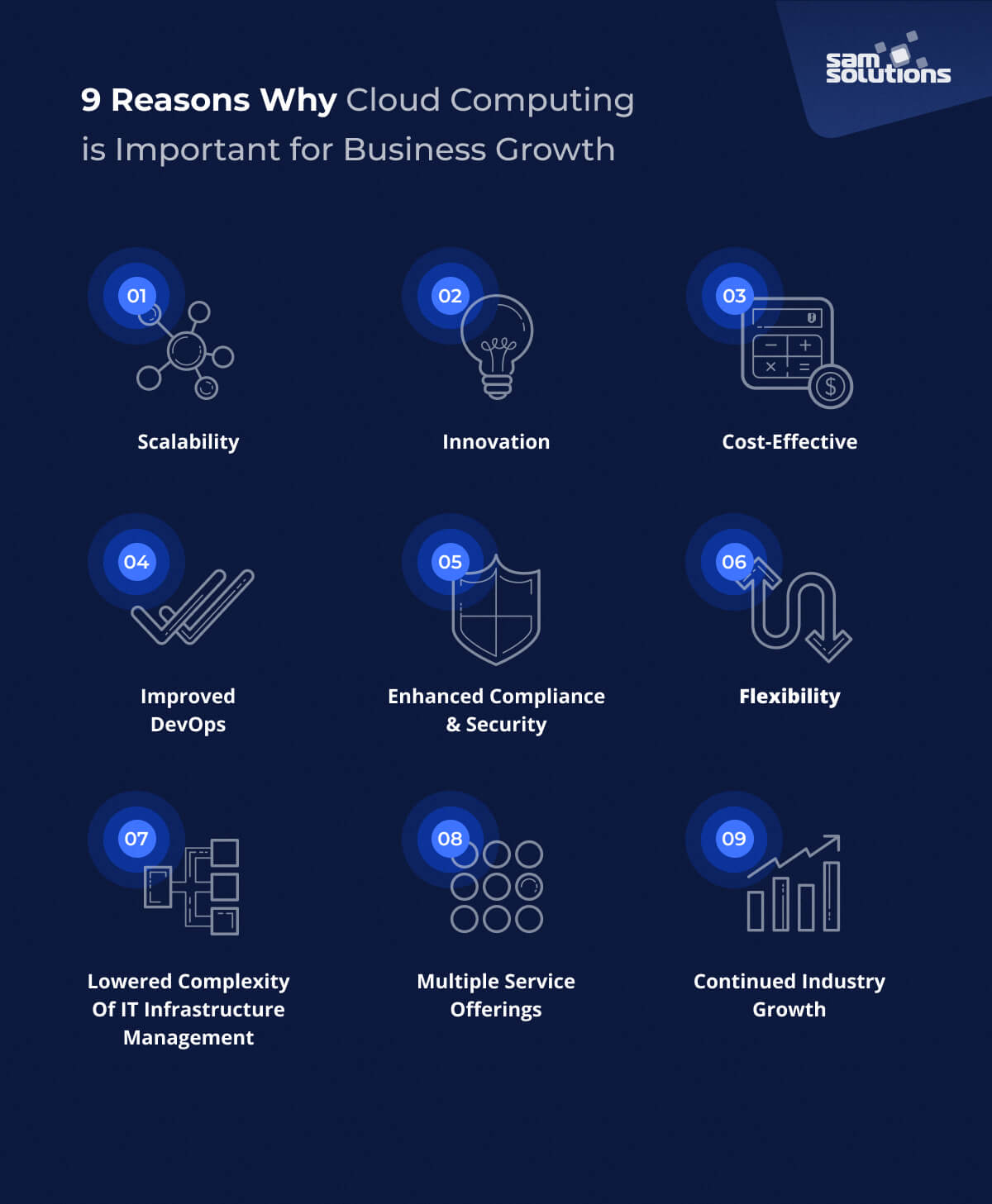Achieve Seamless Scalability With Cloud Solutions
In the ever-evolving landscape of cloud services, accomplishing smooth scalability stands as a cornerstone for modern services seeking to remain adaptable and competitive. The capability to effortlessly increase or contract resources in response to changing demands is an essential advantage in today's hectic electronic setting. By grasping the art of scalable cloud services, organizations can not just optimize performance and enhance operations yet likewise lead the way for future growth and innovation. The pursuit for smooth scalability with cloud solutions introduces a world of possibilities for those happy to accept the transformative power of vibrant source monitoring.
Benefits of Cloud Scalability
Cloud scalability provides organizations the versatility to dynamically readjust sources based on demand, making sure optimum efficiency and expense performance. One key benefit is the ability to scale resources up or down swiftly in feedback to fluctuating workloads. This dexterity makes it possible for businesses to meet changing customer requirements without over-provisioning resources, eventually resulting in set you back financial savings. Scalability likewise boosts performance by guaranteeing that systems can handle raised web traffic or work without experiencing downtime or downturns. By successfully designating resources, organizations can maintain high degrees of performance during peak times without unnecessary expenses throughout quieter periods. Furthermore, cloud scalability promotes innovation and experimentation by enabling organizations to quickly check originalities and range them as required. This versatility urges a society of continual renovation and adaptation, allowing organizations to remain affordable in a swiftly evolving market landscape. Inevitably, the advantages of cloud scalability expand past price financial savings to encompass improved performance, dexterity, and technology.
Key Features for Scaling
Effective scaling in cloud solutions depends on key functions that allow companies to change resources dynamically based on need. An additional crucial feature is scalability, allowing systems to handle raised workload by including resources flawlessly. In general, these key functions jointly equip companies to attain smooth scalability in cloud solutions.
Applying Auto-Scaling Approaches
To effectively enhance resource allowance and adapt to varying workloads, organizations need to strategically execute auto-scaling strategies in their cloud services framework. Auto-scaling enables systems to immediately adjust the variety of compute sources based upon real-time demand. There are numerous auto-scaling methods that organizations can use, such as anticipating scaling, which uses historical information to forecast future resource requirements, and reactive scaling, which reacts to current over here work changes.

Finest Practices for Scalability
For organizations aiming to boost their scalability in cloud services, carrying out finest methods is vital for optimum efficiency and source management. One secret best technique is making applications with a microservices architecture. This technique breaks down applications into smaller, independent services that can be released, upgraded, and scaled separately, permitting higher versatility and scalability.
Another important method is using containerization technology, such as Docker or Kubernetes. Containers enable the product packaging of applications and their dependences into separated devices, making it easier to scale components separately and deploy them regularly across different atmospheres.
Additionally, applying automated implementation and facilities as code (IaC) can improve scalability efforts (linkdaddy cloud services). Automation devices like Terraform or Ansible aid in provisioning and taking care of sources effectively, minimizing hands-on errors and making it possible for fast scalability
Additionally, monitoring efficiency metrics, establishing alerts, and performing normal capacity preparation are vital methods to make certain proactive scalability management. By sticking to these ideal methods, organizations can accomplish smooth scalability in their cloud solutions while optimizing efficiency and resource use.
Tracking Performance Metrics
When assessing the effectiveness of cloud services scalability, closely monitoring performance metrics is essential for ensuring optimum functionality and resource appropriation. By constantly tracking key performance indicators he said (KPIs) such as response times, latency, throughput, and resource application, companies can get valuable insights into the health and performance of their cloud facilities. Checking efficiency metrics permits the early discovery of possible bottlenecks or problems that might affect scalability, enabling positive steps to be required to resolve them before they escalate.

Final Thought
To conclude, achieving smooth scalability with cloud solutions is important for organizations to maximize performance, enhance technology, and keep high performance levels throughout peak times. By leveraging the benefits of cloud scalability, applying auto-scaling approaches, using key functions such as elasticity and automation, and complying with best methods like application layout and performance surveillance, businesses can efficiently scale their systems while optimizing source usage and performance.
The quest for smooth scalability with cloud services unveils a globe of possibilities for those willing to welcome the transformative power of vibrant resource his response monitoring.
Cloud scalability supplies organizations the versatility to dynamically adjust resources based on demand, making sure ideal performance and price efficiency. An additional vital attribute is scalability, making it possible for systems to manage boosted workload by adding sources perfectly.For organizations intending to boost their scalability in cloud solutions, executing ideal methods is essential for ideal performance and resource management.When assessing the performance of cloud solutions scalability, carefully monitoring efficiency metrics is critical for ensuring optimum capability and resource appropriation.